6. Jaws – Ranked 235
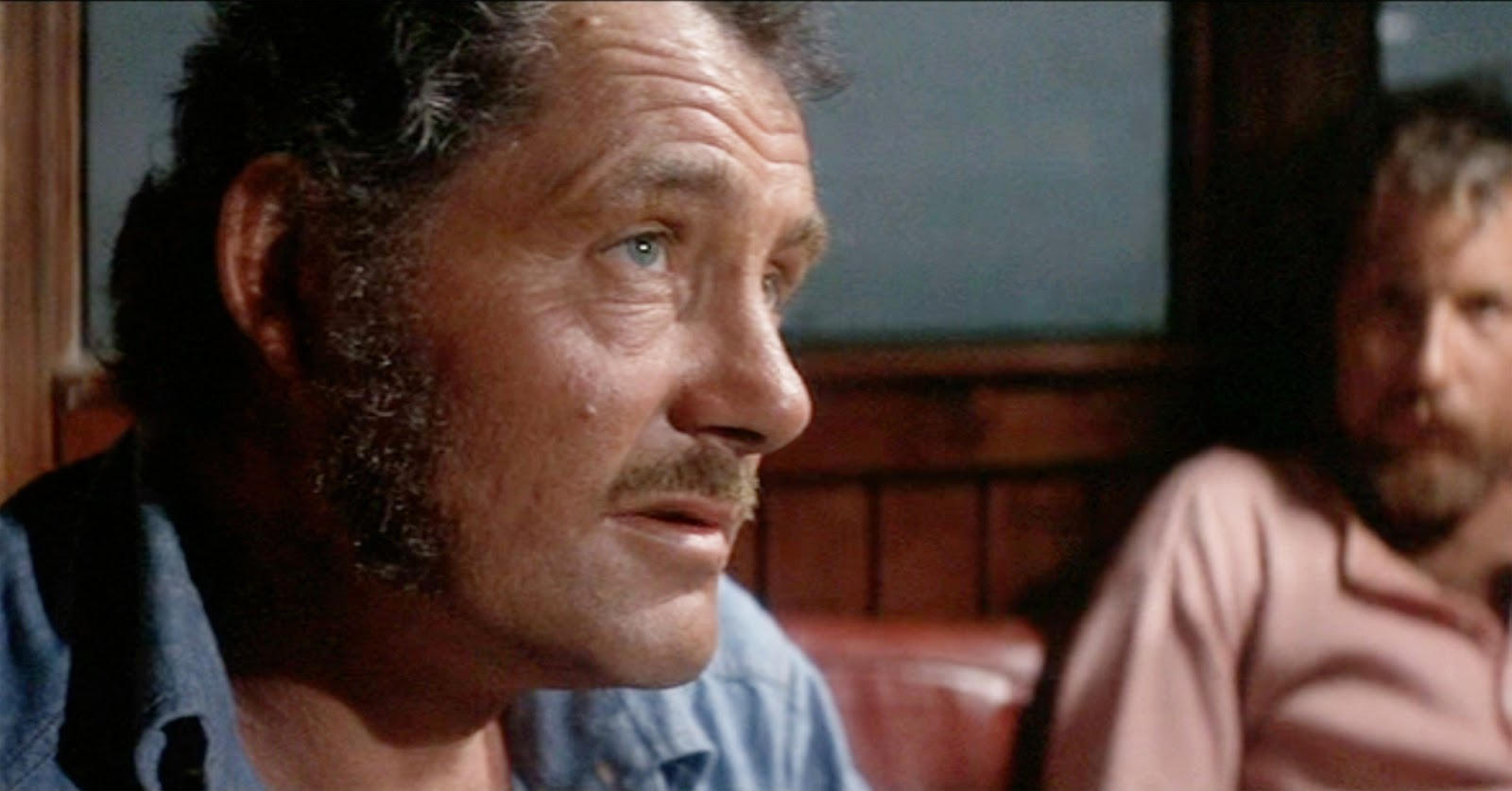
“Jaws” is a legendary movie for many reasons.
First of all, it was the film that boosted the career of one of Hollywood’s pillars: director and producer Steven Spielberg. Even though his previous movie “Sugarland Express” was highly esteemed in the Cannes Film Festival, with “Jaws: he made his decisive entrance in the golden hall of Hollywood’s success stories. Most of the critics agreed that his work in directing was exemplary, leaving many promises for the future.
“Jaws” had tremendous financial success, establishing the summer blockbusters’ period, as it opened in theaters in U.S. on June 20, 1975. It recouped its production cost in two weeks and in less than three months became the highest grossing film in history, only to be beaten by “Star Wars” two years later. It is still until now the 11th highest grossing film in U.S. cinema history.
It was the template for many horror and disaster movies for years to come. It combines action with the use of technology – the construction of a giant shark, ‘Bruce’ – and one of the most stylized soundtracks ever. Spielberg insisted on using relatively unknown actors and actresses, thinking that people wouldn’t identify them with previous movies and roles and would enhance the feeling that this story could have happened anywhere in the real world.
It could be interpreted in many layers. Apart from the obvious theme of man’s impotence against the powers of nature, some critics discerned an allegory on how the American society treats its inner fears and taboos.
Are these not enough to place the movie in a higher rank?
7. The Wizard of Oz – Ranked 232
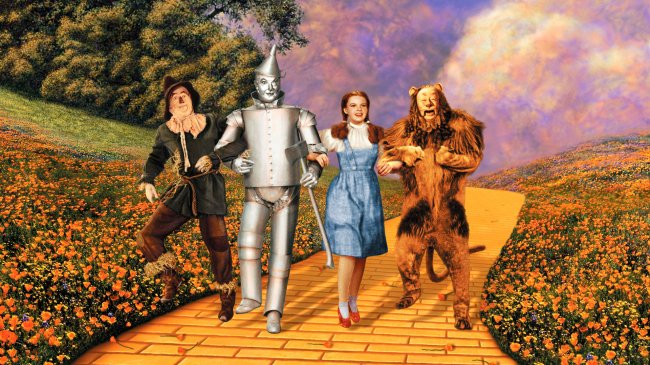
Even though it coincided with “Gone with the Wind” and lost the Best Picture Oscar it deserved, “The Wizard of Oz” is still considered one of the best movies in cinema history. A musical fantasy film – yes, there should be one movie from the musical genre every once in a while – based on the children’s fiction book by Frank Baum, written in the beginning of the 20th century.
Dorothy’s amazing journey into the Land of Oz is described by powerful colors, imaginative settings (don’t forget that the film was filmed in 1939), fancy characters and joyful songs, with “Over the Rainbow” listed as the most iconic musical song ever. Judy Garland gave a superb performance, though some critics pointed the difference between the 13-year-old Dorothy that was interpreted by the 17-year-old Garland.
According to the Library of Congress, it is the most seen film in cinema history and among the first 25 films to inaugurate the National Film Registry list. It is also listed in UNESCO’s Memory of the World Register. Do you want more?
8. Nights of Cabiria – Ranked 223
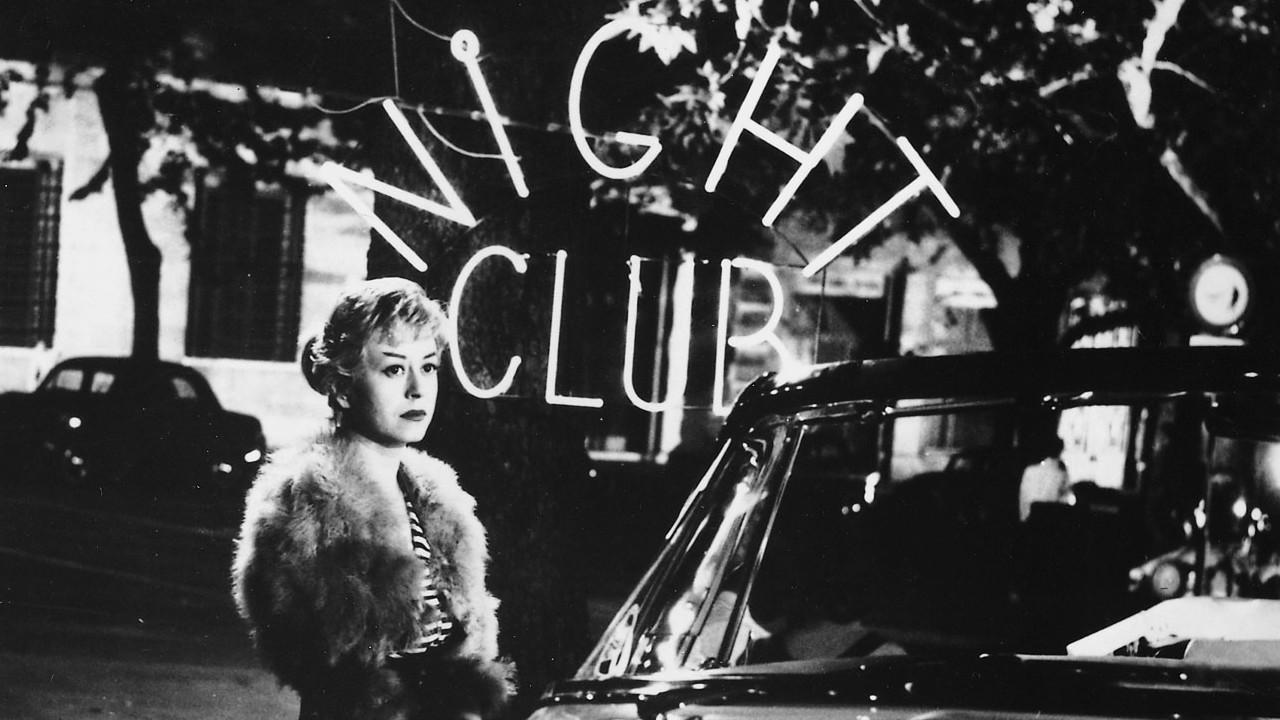
One more film by the ‘magician’ Federico Fellini that is ranked comparatively low. ‘Nights of Cabiria’ was the movie that inspired Fosse’s ‘Sweet Charity’ – the story of an optimistic, kindhearted Roman prostitute who strolls around the city streets hoping to find true love… in vain. She may be cheated and maltreated, but she will never stop smiling.
However, the absolute protagonist of the film is Giulietta Masina, Fellini’s lifelong companion and lead in many of his works; an inspiring, soulful artist that was often called “the female Chaplin.” This role was one of the best in an almost four-decade career. Her smile in the ending scene, with that expression in her eyes, has been inscribed in the minds of all those who saw the movie. Unforgettable!
One more Foreign Language Film Oscar for Fellini and Italy, and the Best Actress award in Cannes for Masina. A gem!
9. Paris, Texas – Ranked 245
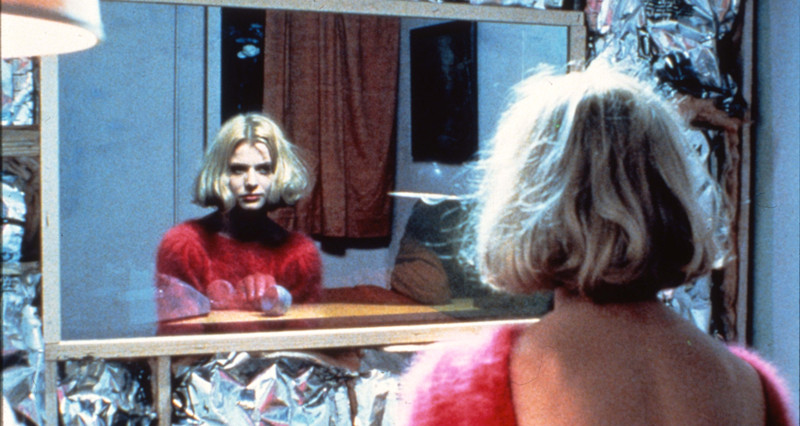
Three prizes in Cannes for this ‘coming-out-o-age’ road movie from a director who loves filming road movies: Wim Wenders. Sam Shepard wrote the script while filming was proceeding, wanting it to evolve with the main characters. Harry Dean Stanton said it was the best role in his career. Young Nastassja Kinski loved hers too.
Travis is wandering aimlessly in the vast lands of Texas until he loses his senses and falls. The people who find him contact his brother, Walt, who comes to pick him up from California. Travis tries to escape, but he finally gets in the car with Walt and they drive to Walt’s home, where Travis left his son four years ago. At the beginning, Hunter, his 7-year-old son, does not want any relationship with a father he vaguely remembers. Travis tries hard to make his son trust him, and finally they get close to one another. So close that Hunter decides to run away with him after school in search of his mother.
As Ry Cooder’s music caresses the arid Texan lands that had been the setting of many westerns, Wenders rediscovers the borderline between civilization and the Wild West. His hero is paralleled with the iconic western figures of the 1940s and 50s, with Ford’s Ethan Edwards, who tries to find peace for his tortured soul in the wildlands.
Shepard created a genuine story and Wenders filmed a cult movie, beloved by intellectuals and musicians. How is this behind ‘Guardians of the Galaxy’?
10. Donnie Darko – Ranked 224
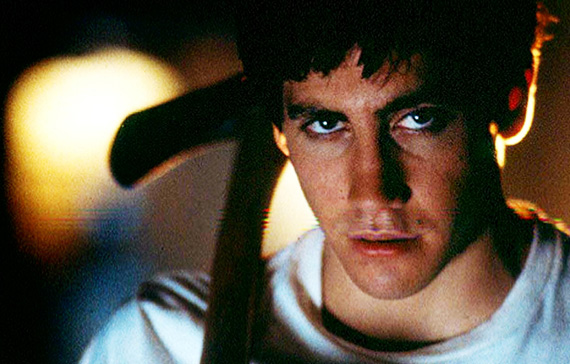
One of the most heartbreaking movie endings. Every time I see it, I feel devastated without knowing why. And that is the charm of it. In a rather complicated script that one needs to trace back to psychoanalysis, religion, metaphysics or post-physics in order to decode it (and never fully understand), the ambiguity forms part of the magic and gives flair to the most surprising and unconventional coming-of-age movie ever made.
One more case where the debut film of a director is a masterpiece. Kelly couldn’t follow up the grandeur of “Donnie Darko.” He made two insignificant films and then disappeared.
“Donnie Darko,” although not burdened with awards, has become a 21st century cult film. It accurately depicts the undescribed feeling – perhaps angst, melancholy, the “spleen” of the 21st century? – that results in a different kind of resistance than the one we used to receive from the U.S. since the 1960s. It involves an inability to adapt with the norms of society, as with the cases of many modern adolescent heroes, but Donnie surpasses it as he moves forward a universe of far-seeing, highly perceiving and self-sacrifice, a university of values.